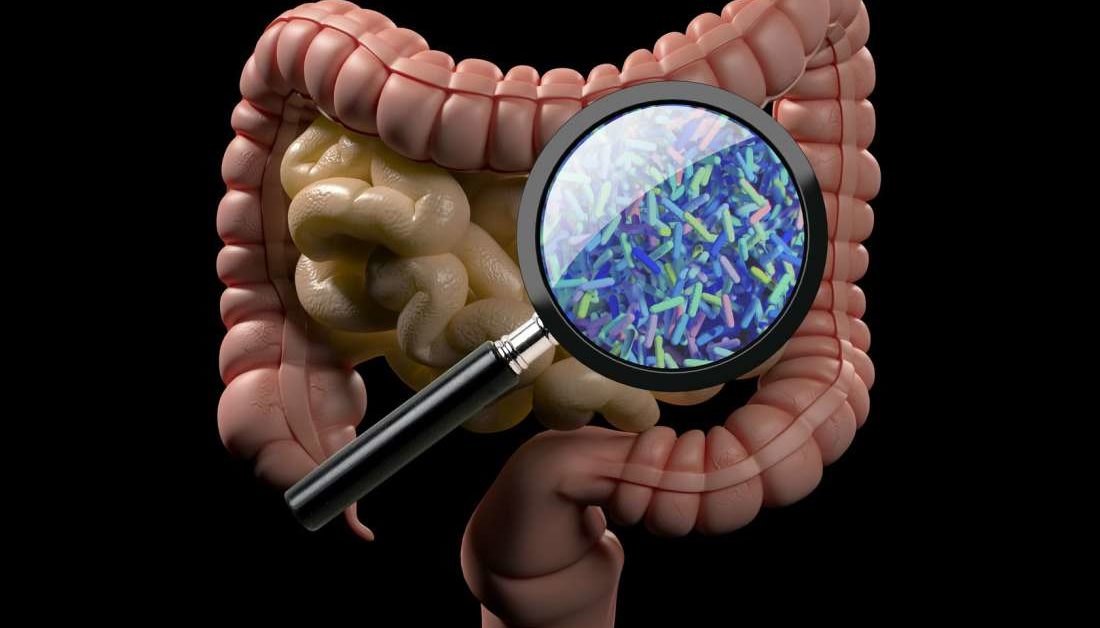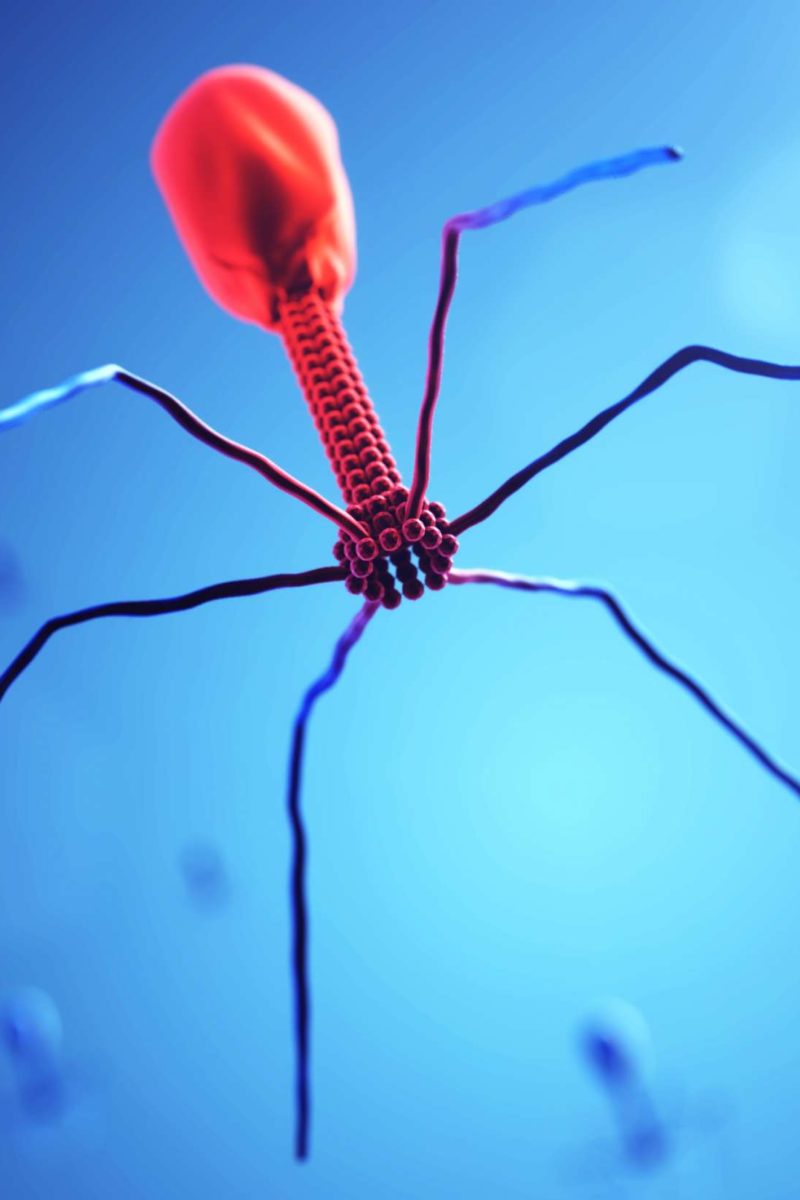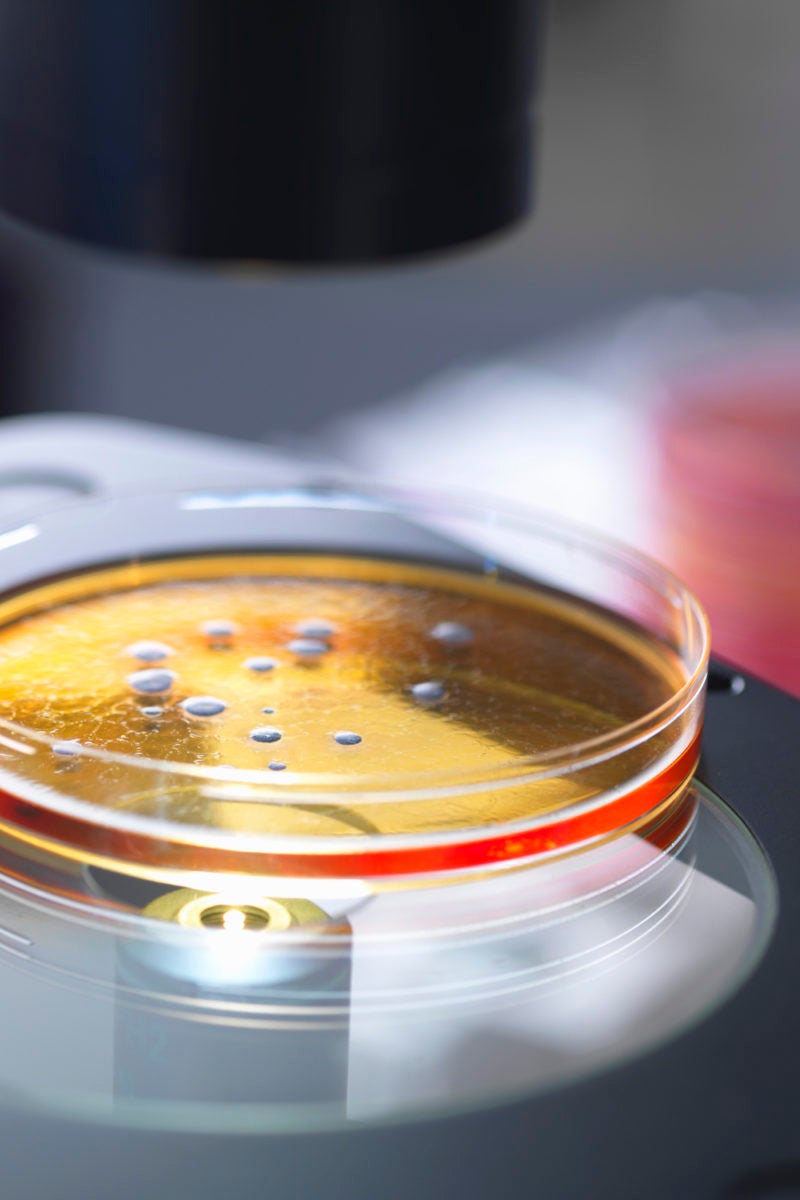Bacteria in gut information
Home » » Bacteria in gut informationYour Bacteria in gut images are ready. Bacteria in gut are a topic that is being searched for and liked by netizens now. You can Find and Download the Bacteria in gut files here. Find and Download all free photos.
If you’re looking for bacteria in gut images information related to the bacteria in gut topic, you have visit the right blog. Our site always provides you with suggestions for downloading the maximum quality video and picture content, please kindly hunt and locate more enlightening video content and images that fit your interests.
Bacteria In Gut. Having healthy, diverse bacteria in your gut is linked to many health benefits, including improving immune function, and lower incidence of heart disease, diabetes, asthma, depression, irritable. Gut bacteria, which form our microbiome, play an essential role in our emotional health as well as our physical health. They line your entire digestive system. Probably more important than most people think.
 Study shows how �friendly� bacteria keep our gut healthy From medicalnewstoday.com
Study shows how �friendly� bacteria keep our gut healthy From medicalnewstoday.com
The best way to get rid of bad bacteria in the gut is by creating the right environment for a balanced and diverse microbiome to thrive. They are present in three major categories, or. How to get rid of bad bacteria in the gut. First, the number of bacteria in your gut is vast—50 trillion or so, which equals about one for every human cell in our bodies. Human gut microbiome is unprecedentedly complex and diverse with the majority of bacteria from the four phyla bacteroides, firmicutes, proteobacteria, and actinobacteria, constituting more than 98% of the microbes [1]. The lining of your digestive tract — like every surface of your body — is covered in microscopic creatures, mostly bacteria.
Good bacteria for your gut.
Pylori infection usually has no symptoms but sometimes causes gastritis (stomach inflammation) or ulcers of the stomach or first part of the small intestine. Intestinal bacteria play a crucial role in maintaining immune and metabolic homeostasis and protecting against pathogens. The infection leads to inflammation in your stomach and intestines. The best way to get rid of bad bacteria in the gut is by creating the right environment for a balanced and diverse microbiome to thrive. The lining of your digestive tract — like every surface of your body — is covered in microscopic creatures, mostly bacteria. Most live in your intestines and colon.
 Source: medicalnewstoday.com
Source: medicalnewstoday.com
1 indeed, the number of bacteria within the gut is approximately 10 times that of all of the cells in the human body, and the collective bacterial genome is vastly greater than the human genome. The infection leads to inflammation in your stomach and intestines. Human gut microbiome is unprecedentedly complex and diverse with the majority of bacteria from the four phyla bacteroides, firmicutes, proteobacteria, and actinobacteria, constituting more than 98% of the microbes [1]. Altered gut bacterial composition (dysbiosis) has been associated with the pathogenesis of many inflammatory diseases and infections. Research shows the state of a person’s gut microbiome can influence many other areas of their health.
 Source: kardish.com
Source: kardish.com
Research shows the state of a person’s gut microbiome can influence many other areas of their health. The collective name for all the kinds of microorganisms that typically live in the gut is the gut microbiota. They make up around 90 per cent of our gut’s population (the remainder includes fungi and archaea). They line your entire digestive system. Stomach bacterial infection is also known as bacterial gastroenteritis, during which the bacteria infects your gut.
 Source: bodyhealthinfo.com
Source: bodyhealthinfo.com
Human gut microbiome is unprecedentedly complex and diverse with the majority of bacteria from the four phyla bacteroides, firmicutes, proteobacteria, and actinobacteria, constituting more than 98% of the microbes [1]. The best way to get rid of bad bacteria in the gut is by creating the right environment for a balanced and diverse microbiome to thrive. Most live in your intestines and colon. Stomach bacterial infection is also known as bacterial gastroenteritis, during which the bacteria infects your gut. The researchers showed that maks are abundant among bacteria of the human digestive tract:
 Source: medicalnewstoday.com
Source: medicalnewstoday.com
A healthy microbiome promotes a healthy immune system and supports a weight management plan. Few many experience symptoms like diarrhea , cramps in the abdomen and vomiting. Staphylococcus aureus is the most common cause of food poisoning and is characterized by an abrupt and violent outbreak of severe nausea, cramps, vomiting and diarrhoea, which used to. The collective name for all the kinds of microorganisms that typically live in the gut is the gut microbiota. Of course, there are ways to directly kill bacteria, whether that’s by pharmaceutical antibiotics or antimicrobial herbs and supplements.
 Source: medicalnewstoday.com
Source: medicalnewstoday.com
Of course, there are ways to directly kill bacteria, whether that’s by pharmaceutical antibiotics or antimicrobial herbs and supplements. They line your entire digestive system. Within the human gastrointestinal microbiota exists a complex ecosystem of approximately 300 to 500 bacterial species, comprising nearly 2 million genes (the microbiome). Is my gut bacteria unbalanced? Altered gut bacterial composition (dysbiosis) has been associated with the pathogenesis of many inflammatory diseases and infections.
 Source: blog.bioticsresearch.com
Source: blog.bioticsresearch.com
Gut bacteria, which form our microbiome, play an essential role in our emotional health as well as our physical health. Gut bacteria, which form our microbiome, play an essential role in our emotional health as well as our physical health. Stomach bacterial infection is also known as bacterial gastroenteritis, during which the bacteria infects your gut. Few many experience symptoms like diarrhea , cramps in the abdomen and vomiting. The collective name for all the kinds of microorganisms that typically live in the gut is the gut microbiota.
 Source: iflscience.com
Source: iflscience.com
Is my gut bacteria unbalanced? They make up around 90 per cent of our gut’s population (the remainder includes fungi and archaea). Bacterial gastroenteritis bacterial gastroenteritis is a digestive problem caused by bacteria. Within the human gastrointestinal microbiota exists a complex ecosystem of approximately 300 to 500 bacterial species, comprising nearly 2 million genes (the microbiome). The infection leads to inflammation in your stomach and intestines.
 Source: corehealthstl.com
Source: corehealthstl.com
This can cause inflammation in the intestines and the stomach. Bacterial gastroenteritis happens when bacteria cause an infection in your gut. Few many experience symptoms like diarrhea , cramps in the abdomen and vomiting. Probably more important than most people think. They line your entire digestive system.
This site is an open community for users to share their favorite wallpapers on the internet, all images or pictures in this website are for personal wallpaper use only, it is stricly prohibited to use this wallpaper for commercial purposes, if you are the author and find this image is shared without your permission, please kindly raise a DMCA report to Us.
If you find this site helpful, please support us by sharing this posts to your preference social media accounts like Facebook, Instagram and so on or you can also bookmark this blog page with the title bacteria in gut by using Ctrl + D for devices a laptop with a Windows operating system or Command + D for laptops with an Apple operating system. If you use a smartphone, you can also use the drawer menu of the browser you are using. Whether it’s a Windows, Mac, iOS or Android operating system, you will still be able to bookmark this website.
Category
Related By Category
- Cheap dog grooming information
- Best car restoration information
- All car restorations information
- Buy dog clothes online information
- Causes for childhood obesity information
- First aid courses london information
- Dream interpretation worms information
- First aid course toronto information
- Dash diet summary information
- Flatulence foods information